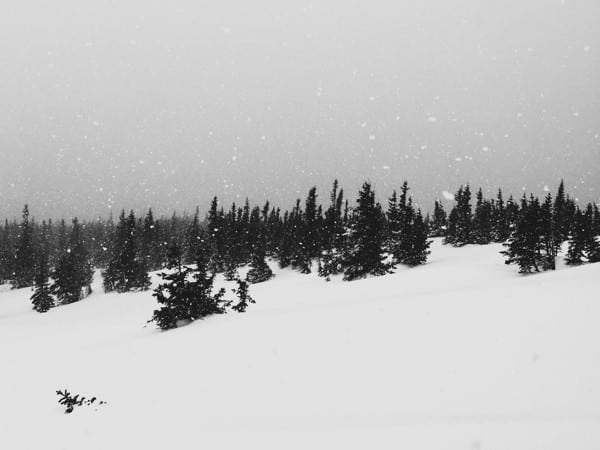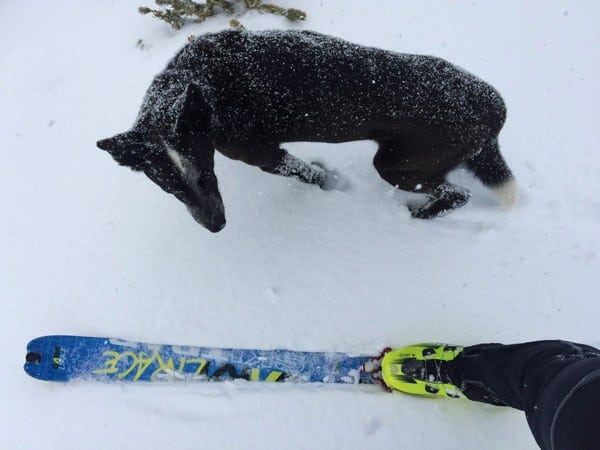I stopped in Ward, Colorado at my friend’s house, a small town just west of Gold Hill, to drop off the dog crate. Deanne and I had been dog sitting a pretty rowdy animal for the past few days. We needed a place to keep the dog contained when we were not at home. On the first day she arrived, she pooped on the floor of our bedroom. Later that day, she peed on the bed, which soaked through to the mattress. As soon as we would stop paying attention to her, she would tear up her toys, and she eventually destroyed her bed. She did look extremely satisfied laying in a pile of synthetic stuffing.
At first, I was irritated with her behavior. She would not listen and was highly disruptive to our routine. A few days in, though, I began to learn her ways and figured out why she acted the way she did. Most of her destructive behavior was linked to separation anxiety and a lack of bearings on how to behave properly. As I shifted my attitude toward her from frustration to understanding, my angst dissolved into acceptance. Instead of resisting and holding onto things mostly out of my control, I adapted.
That same week, I was down by the creek taking photos when I slipped, crunching my foot in a weird position. At first, I thought I had broken it. The thought of breaking my foot was almost as unbearable as the act itself. It was a Friday, so I decided to give it the weekend before getting it checked out by the doctor. Come Monday, my foot was feeling somewhat better, the swelling had gone down, and I concluded it probably was not broken. The weekend had been terrible, though, mostly focused on what I could not do, rather than adapting my physical immobility to more cerebral pursuits.
These transitions from health to injury, or accommodating for kinks in the routine, can be challenging at times, lingering and souring the mind more than necessary. In a microcosm, nothing exemplifies this more to me than a headwind. Whether it is running, biking (particularly biking!), or any form of self-propelled activity, the wind blasting right at us offers a most unwelcome resistance. It’s a strange phenomenon really, because much of training is looking for ways to create some form of resistance to improve strength whether it’s running up a hill, riding in a higher gear, or carrying a heavier pack. The wind, though, has its way of seeping into the mind, curdling up frustration. It adds an element of intensity and precarity (often unjustified) from which it is difficult to make abstraction.
When I stopped in Ward to drop off the crate, I hobbled over to my friend’s house, my foot still tender from the fall several days before. The wind was howling, ripping down the canyon from the west, pushing me around, and penetrating my psyche. I could not help but tense up, unable to shake myself out of my moody headspace.
I was on my way to Allenspark for some skiing to test my foot. On the drive, sheltered in my car, I began to look at the wind differently, watching as it moved the clouds into beautiful, wavy scapes or how it swirled the snow across the mountain tops. I thought about my injury, too, and rather than focus on the apprehension of how it would feel when I started skiing, I saw it as an opportunity to take my attention elsewhere, to pause and reflect.
Through the acute intensity of an experience, it is sometimes difficult to see the bigger picture and welcome setbacks as a positive force in shaping our deeper appreciation for what we are doing.
After about 20 minutes of shuffling up the hill, I reached a point on the trail where the wind stopped, offering a moment of complete silence and tranquility–a typically mundane switchback in the woods elevated to a place of bliss only through the contrast of extremes.
Call for Comments (from Meghan)
When you face a proverbial or literal headwind, how do you react? Do you tense up and defend, or do you flow with it and adapt? Or does your reaction change as you face different challenges at different times?


